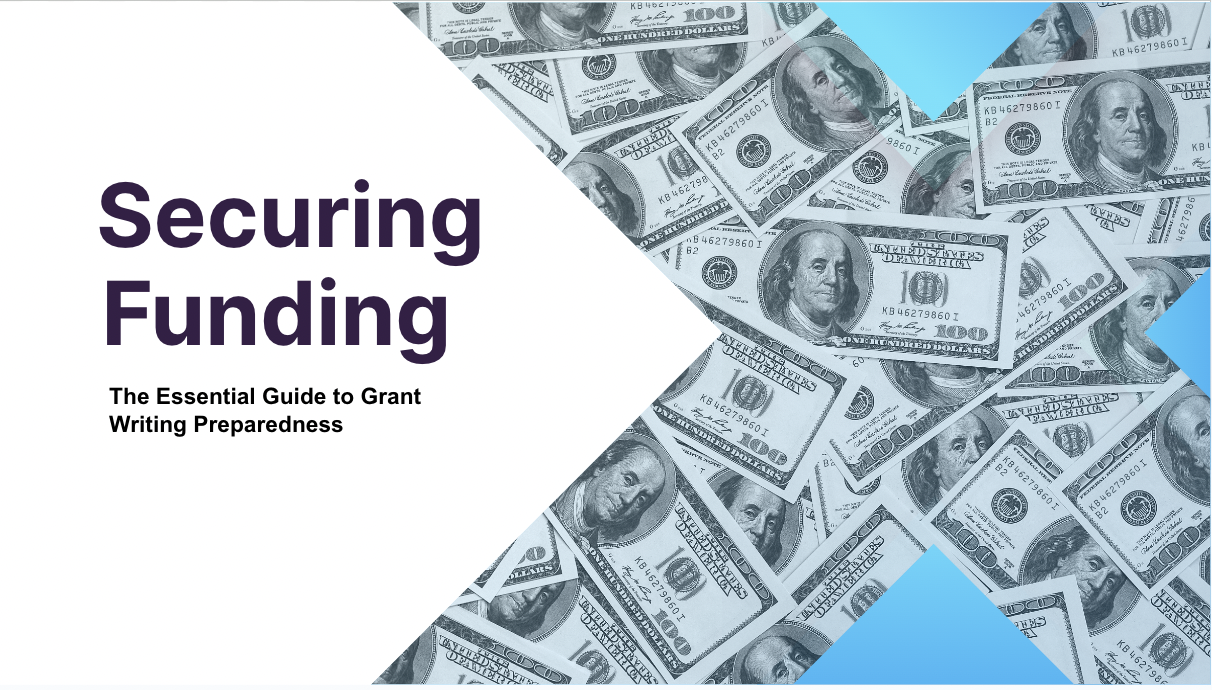The Battle for Bandwidth
The rivalry between fixed wireless and fiber providers has been a longstanding debate. Each technology comes with its own set of advantages and...
2 min read
 Taneil Currie
:
Aug 7, 2023
Taneil Currie
:
Aug 7, 2023

Reliable broadband connectivity has become essential for economic growth, education, healthcare, and overall quality of life. As the demand for high-speed internet access continues to rise, so does the need for broadband infrastructure expansion and enhancement. Governments and organizations worldwide are pouring billions of dollars into broadband grant programs to meet these demands.
In this blog article, we will explore the critical aspects of broadband grant writing, its challenges, and how to navigate the competitive landscape to secure funding for building a connected future.
Broadband grants serve as a lifeline for communities seeking to improve their digital infrastructure. These grants are designed to support projects that expand access to high-speed internet in underserved or unserved areas, close the digital divide, and stimulate economic development. The availability of reliable and affordable broadband can bridge disparities, opening doors to education, healthcare, job opportunities, and more. As governments allocate substantial funds to advance connectivity, organizations have a unique opportunity to tap into these resources.
In the age of billions, numerous broadband grant programs are available from various sources, including federal, state, and local governments. However, not all grants will be suitable for every project. Identifying the right opportunities requires thorough research to understand each program’s specific criteria, goals, and eligibility requirements. Successful grant writers focus on aligning their project’s objectives with the funding source’s mission.
Before diving into the grant writing process, take the time to assess your organization’s funding needs and project objectives. Clearly define the purpose of seeking funding and identify the areas that require financial support. By having a well-defined plan, you can focus your efforts on grants that align with your organization’s mission and vision.
To increase your chances of success:
Developing strong relationships within your industry and community can significantly enhance your grant writing preparedness. Engage in networking events, collaborate with other organizations, and participate in community initiatives. Building these connections provides valuable insights and may lead to potential partnerships that strengthen your grant proposals.
A well-crafted grant proposal is the cornerstone of a successful funding application. When preparing your proposal, ensure it includes the following key components:
Remember, grant writing requires patience, persistence, and adaptability. Embrace each experience as an opportunity to learn and improve your approach. With dedication and a well-prepared grant proposal, your organization can unlock the funding it deserves to achieve its mission and create lasting change. Best of luck on your grant writing journey!

The rivalry between fixed wireless and fiber providers has been a longstanding debate. Each technology comes with its own set of advantages and...

Access to the internet has become an essential part of daily life; from education and healthcare to business and entertainment, the internet is a...

We recently co-hosted a webinar with grant writing expert Kimberly Young of MKY Ventures to provide guidance on securing government grants and...